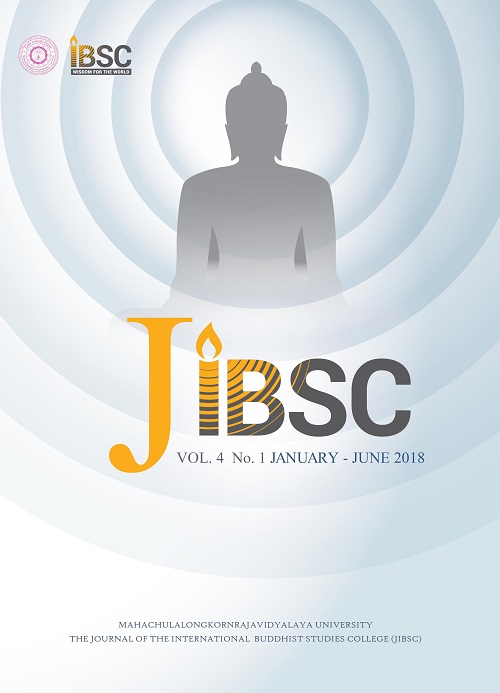The Path to Supreme Happiness
Main Article Content
Abstract
The heart of the Buddha’s teaching lies in the Four Noble Truths which he expounded in his very first sermon to his old colleagues, the five ascetics, at Isipatana (modern Sarnath) near Varanasi. In this sermon, as we have it in the original texts, these Four Truths are given briefly. But there are innumerable places in the early Buddhist scriptures where they are explained again and again, with greater detail and in different ways. If we study the Four Noble Truths with the help of these references and explanations, we get a fairly good and accurate account of essential teachings of the Buddha according to the original texts. The Four Noble Truths are: 1. Dukkha, suffering, 2. Sammudaya, the arising or origin of dukkha, 3. Nirodha, the cessation of dukkha, 4. Magga, the way leading to the cessation of dukkha. In Pali terms ariya sacca are commonly translated as “noble truths”. This translation is a convention started by the earliest translators of Buddhist texts into English. The Dhammacakkapavattana Sutta contains the fundamentals of Buddha’s teachings, the so-called Middle Path and the enunciation of the four Truths. Ethically, the middle path connotes the moderate life of a recluse, i.e., the monastic system prescribed in the Vinaya Pitaka.
Article Details
The Journal of TCI is licensed under a Creative Commons Attribution-NonCommercial-NoDerivatives 4.0 International (CC BY-NC-ND 4.0) licence unless otherwise stated. Please read our Policies page for more information on Open Access, copyright and permissions.


